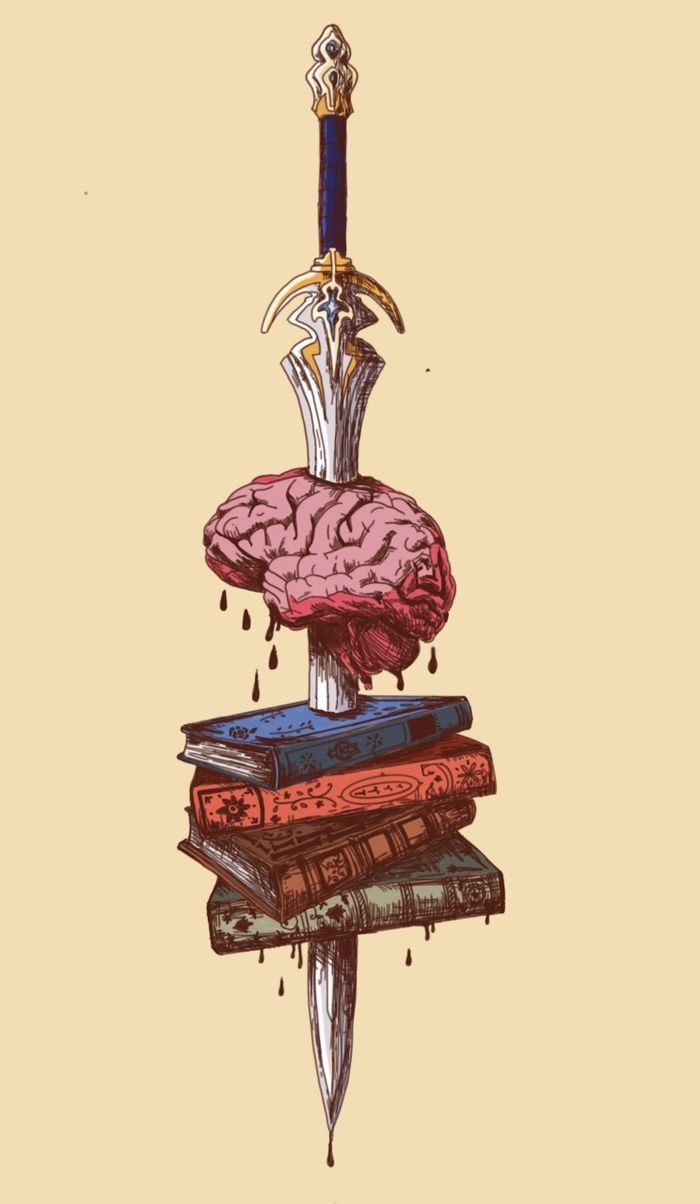The demand for the Brautigan Library
Staff writer Sophie Long considers how libraries have evolved in our digital age, paying particular attention to the Brautigan Library

The American novelist and poet Richard Brautigan envisioned a new type of library as the setting of his novella, The Abortion: A 1966 Historical Romance. Rather than a community building, providing easy to access to popular novels and informative text, Brautigan imagined a space for individuals to leave their own contributions to the literary world.
“The Brautigan library remains somewhat unknown, despite the demand for its structure”
The protagonist of Brautigan’s story runs a library dedicated to housing the unpublished and unedited manuscripts penned by the citizens of California. The librarian protagonist works all hours of the day, living inside the library, awaiting the arrival of another work to be submitted by his discretion on to the shelves of the library. In a form of ritualistic confirmation, the author of the work is allowed to place their novel anywhere in the library, where they feel the book would be best made at home.
The status of this library remained fictitious until 1990, when Todd Lockwood brought Brautigan’s concept to life by opening the first unpublished library in Burlington, Vermont in response to Brautigan’s story. The shelves are minimal, with around 300 physical contributions to the Brautigan Library. The collection had been steadily growing since its move to Vancouver, Washington (Brautigan’s home state), but has sadly digitalised after the library was forced to close.
Despite losing the initial charm of the dusty shelves and the physicality of donating the manuscripts, access has never been easier. Despite this, 2021 only saw two submissions: ‘L’Année du Serpent d’Eau’ by Carla Demierre and ‘Cracked Canyon’ by Lee Kirschner. In the previous two years, over twenty new submissions were accepted into the library, but contributions have hit a sharp decline.
The website boasts that ‘these manuscripts represent ideas outside the mainstream’ and that the library encourages its authors ‘not to be held hostage by the limits of commercial publishing success.’ Unlike its source library, the Brautigan Library allows the public to peruse the manuscripts on offer, improving the market for literacy that exists outside the publishing world, which Brautigan criticised in his original novel.
Despite its unpopularity, the library’s curator — John F. Barber — believes digitalising is the way forward. The library, he says, ‘is a home for grassroots narratives in a digital age’. Brautigan’s legacy has long outlived the publication of his whimsical piece on abortion, and now exists to broaden the publishing sector to allow everyone the chance to be an author.
Sadly the Brautigan library remains somewhat unknown, despite the demand for its structure. A recent news story about an American schoolboy named Dillon Helbig went viral, as the young boy snuck a handwritten story onto the shelves of his local library. The script was readily accepted by the library staff, and has since amassed a waiting list over a year long. Although disconnected to Brautigan himself, Helbig’s manuscript and the simplistic desire to be read and admired is the overarching aim of the Brautigan Library. It attempts to give reason for literacy beyond profit and stores voices that would remain otherwise undiscovered.
 Features / Should I stay or should I go? Cambridge students and alumni reflect on how their memories stay with them15 December 2025
Features / Should I stay or should I go? Cambridge students and alumni reflect on how their memories stay with them15 December 2025 News / Cambridge study finds students learn better with notes than AI13 December 2025
News / Cambridge study finds students learn better with notes than AI13 December 2025 News / Uni Scout and Guide Club affirms trans inclusion 12 December 2025
News / Uni Scout and Guide Club affirms trans inclusion 12 December 2025 Comment / The magic of an eight-week term15 December 2025
Comment / The magic of an eight-week term15 December 2025 News / News In Brief: Michaelmas marriages, monogamous mammals, and messaging manipulation15 December 2025
News / News In Brief: Michaelmas marriages, monogamous mammals, and messaging manipulation15 December 2025








